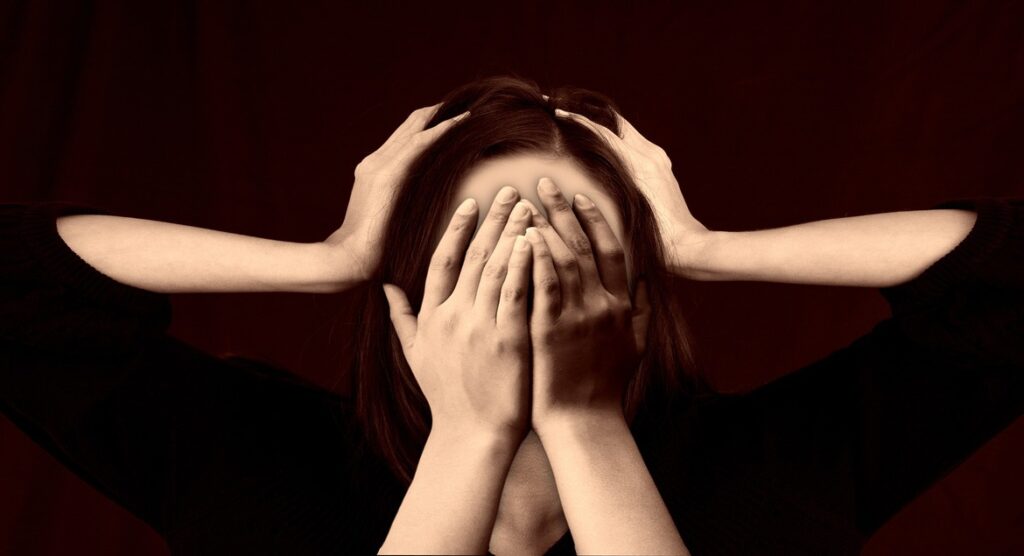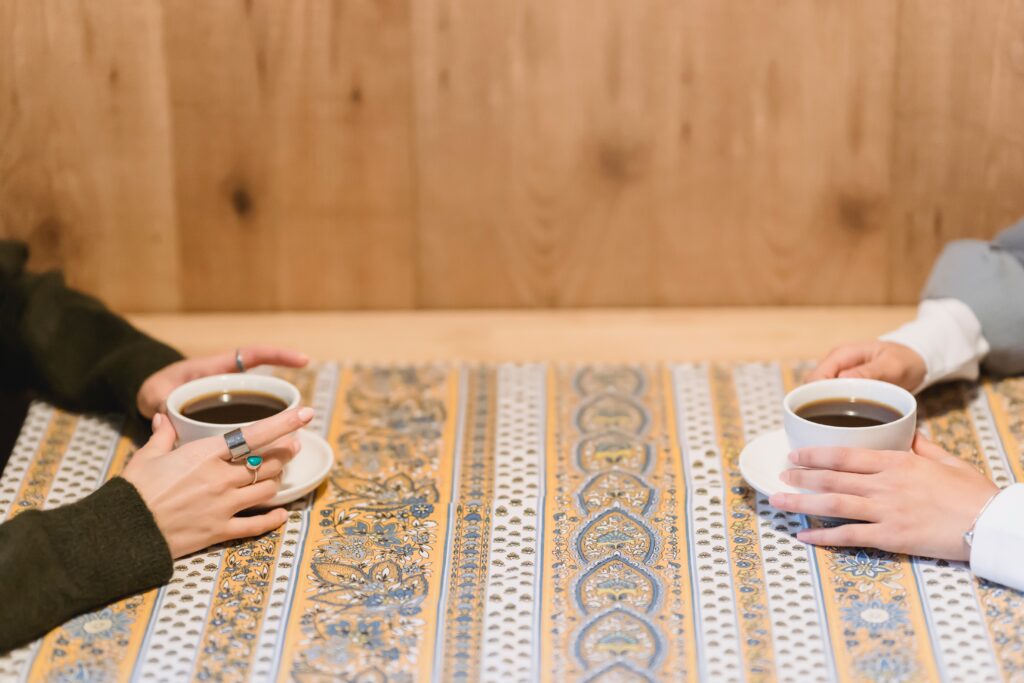Table of Contents
What is OCD?
Have you been through any situation, where certain unwanted thoughts make you feel anxious and worried on a day-to-day basis? For eg, you keep thinking about whether you have closed the front door before getting down to sleep. You can’t help but keep thinking about it, despite having completed it. These unwanted and recurring thoughts ( obsessions ) will influence your day-to-day activities by drawing out a repetitive pattern in your behavior and your activities. This is referred to as compulsions. These obsessions and compulsions can affect your daily life by causing distress or anxiety. To overcome such fears, you will compulsively get engaged in performing various actions. In the example mentioned above, you will keep wanting to go and check if the door is closed or not. This is an instinctive reaction our body makes to overcome such urges or unwanted thoughts. This is a mental health issue, commonly referred to as OCD or Obsessive – Compulsion Disorder.
Types of OCD
OCD comes in many forms. Any form of OCD will fall into any of the following categories :
There are 5 types of OCD identified so far. They are :
- Checking
- Contamination or Mental Contamination
- Symmetry and ordering
- Hoarding
Checking
Checking OCD is the type of OCD that is characterized by checking-based compulsive behavior. A person who is diagnosed with checking OCD will be triggered by intrusive thoughts like whether or not they have done something in the right way or not. It can instill feelings of anxiety to which they respond by attempts of performing checking rituals, where they go back and make sure they are certain about it. The following examples are real-life instances a person with checking OCD would come across. Also, Read: Benefits of Positive Thinking on Health
Context: A working woman who is about to leave for work in the morning. Her mind will be preoccupied with thoughts like:
- Did I take my car keys
- Did I pack my lunch
- Have I closed the kitchen windows of my apartment? Should I go check them again?
- Did I switch off the gas stove? Etc.
Such thoughts will eventually lead the person to go back and check again to be certain in case. And she might even end up being late for office.
Contamination or Mental Contamination
Contamination OCD is one of the types of OCD disorder that is well-known among the masses. People with contamination OCD are triggered by the anxiety and the fear of being contaminated by germs or dirt. In order to cope up with this, they showcase obsessive and compulsive behaviours, which they tend to believe helps them neutralise it.
Contamination OCD revolves around two ideas.
One is contact contamination and the other one is mental contamination.
-
Contact Contamination OCD
Individuals with contact contamination feels discomfort and disgust upon touching certain physical objects.
-
Mental Contamination OCD
On the other hand, individuals with mental contamination are triggered by thoughts, pictures and memories of anything that have caused them to suffer in the past. Such triggers can inculcate feelings of discomfort and dirtiness. Such individuals may feel internally dirty or mentally unclean. Also, Read: Social Anxiety Disorder: How to Overcome
Common symptoms of Contamination OCD are as follows:
Obsessions
- Fear for contaminating one’s personal belongings, and other accessories they constantly use
- Fear of wearing clothes that has been in contact with any pollutants or contaminants
- Fear for any words or phrases that can remind the patient of any unpleasnt memory
- Fear for the person who caused them to suffer in some or the other way.
Compulsions
- Repeatedly washing one’s belongings, clothes etc.
- Practise of frequently taking baths and washing hands
- Avoiding public spaces and gatherings
- Inability to name a person, or recollect the thoughts that may cause mental contamination
Symmetry and Ordering
Symmetry and order are among the different types of OCD disorders where individuals are more focused on the fixation and alignment of physical objects. They experience distress upon seeing a disorderly arrangement of certain objects. For example, a person will spend time adjusting the alignment of books and pencils arranged on their table. If things are not set in the right way, they might feel uncomfortable. Another example could be a person writing words or phrases over and over again on a piece of paper, until they appear perfectly ordered and aligned to them. Common symptoms include the following:
- Feelings of anxiety upon seeing anything that takes the form of an asymmetrical shape
- The need to write the exact number of words on each line and the exact number of lines on a particular set of papers.
- They practice organizing their belongings over and over until they are satisfied with the shape of symmetry they take.
- Arranging their clothes and shoes in a lined manner in the closet.
Hoarding
Hoarding is the type of OCD, where people develop feelings of obsession or possession over something. It could be a journal, a T-shirt, a backpack, or anything they are fond of. Individuals with hoarding obsessive-compulsive disorder develop intrusive thoughts about acquiring or keeping possessions. They may showcase a few symptoms like the following:
- The intense fear that something bad might happen to the person, if you don’t keep the gift they have given you
- The compulsive behavior to check and reviewing your belongings from time to time.
- The feeling of emptiness if you lose any of your possessions and fail to find them.
- The urge you feel to buy multiple copies of the same thing, despite having it.
The reasons a person develops the obsessions and compulsions of a particular OCD could be due to family history, biological causes, or environmental factors. The causes and the symptoms individuals develop will vary from person to person. Whatever the symptoms are, treatment can help the person improve their condition. A combination of therapy and medications benefits the most in general cases. If your symptoms hinder you from performing your daily responsibilities and maintaining your day-to-day relationships with your loved ones, consult a doctor for better healthcare.



